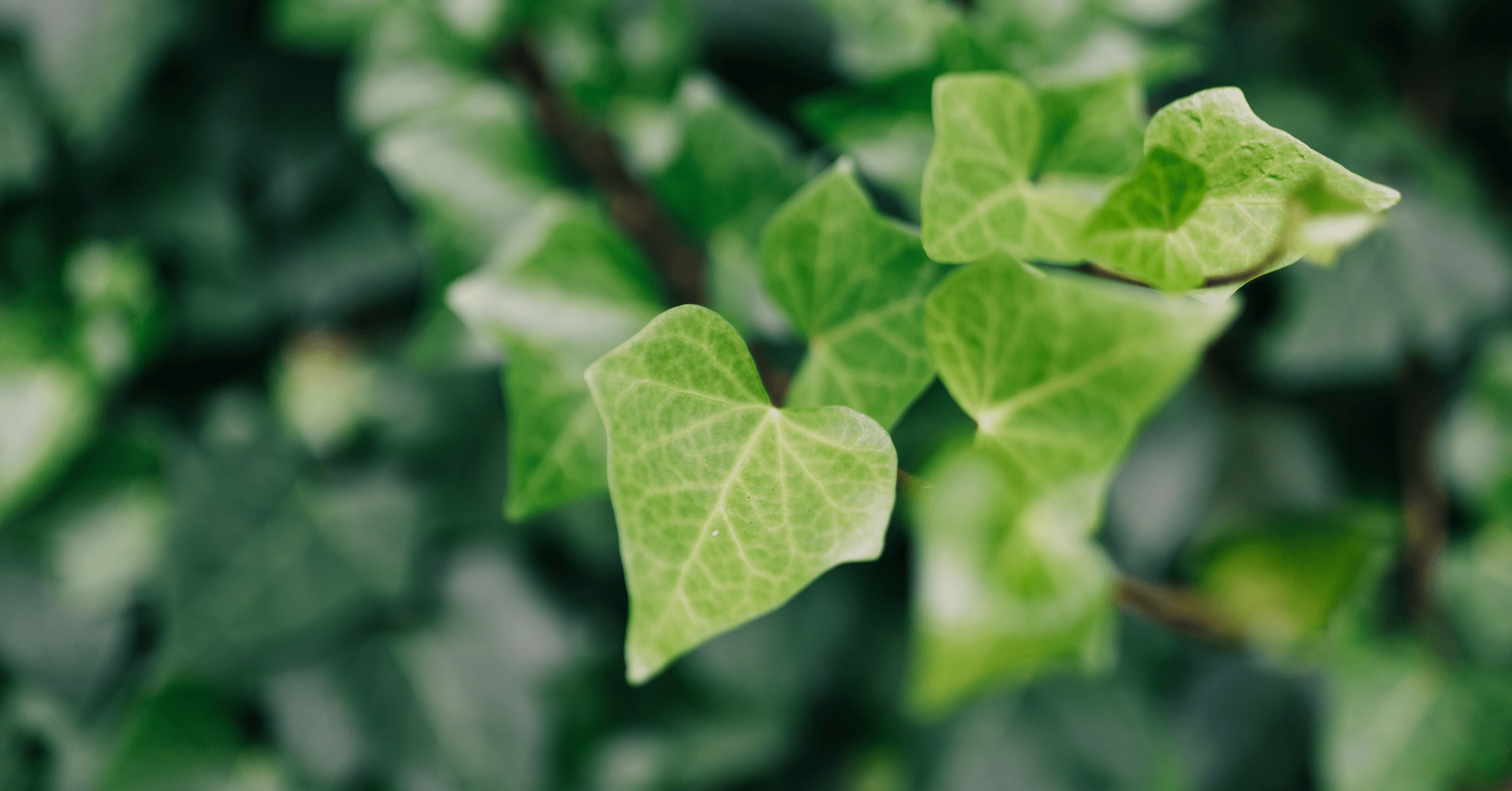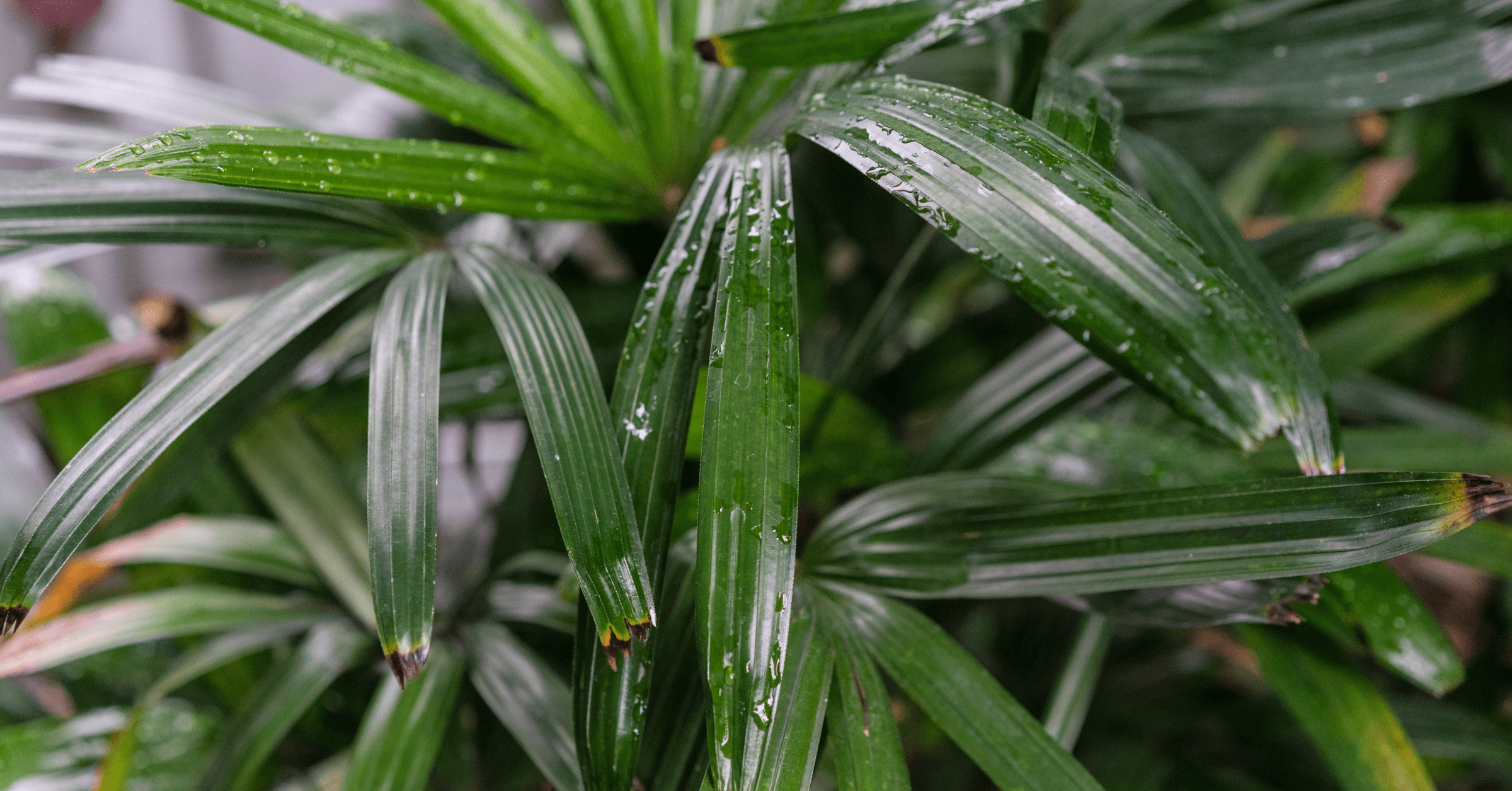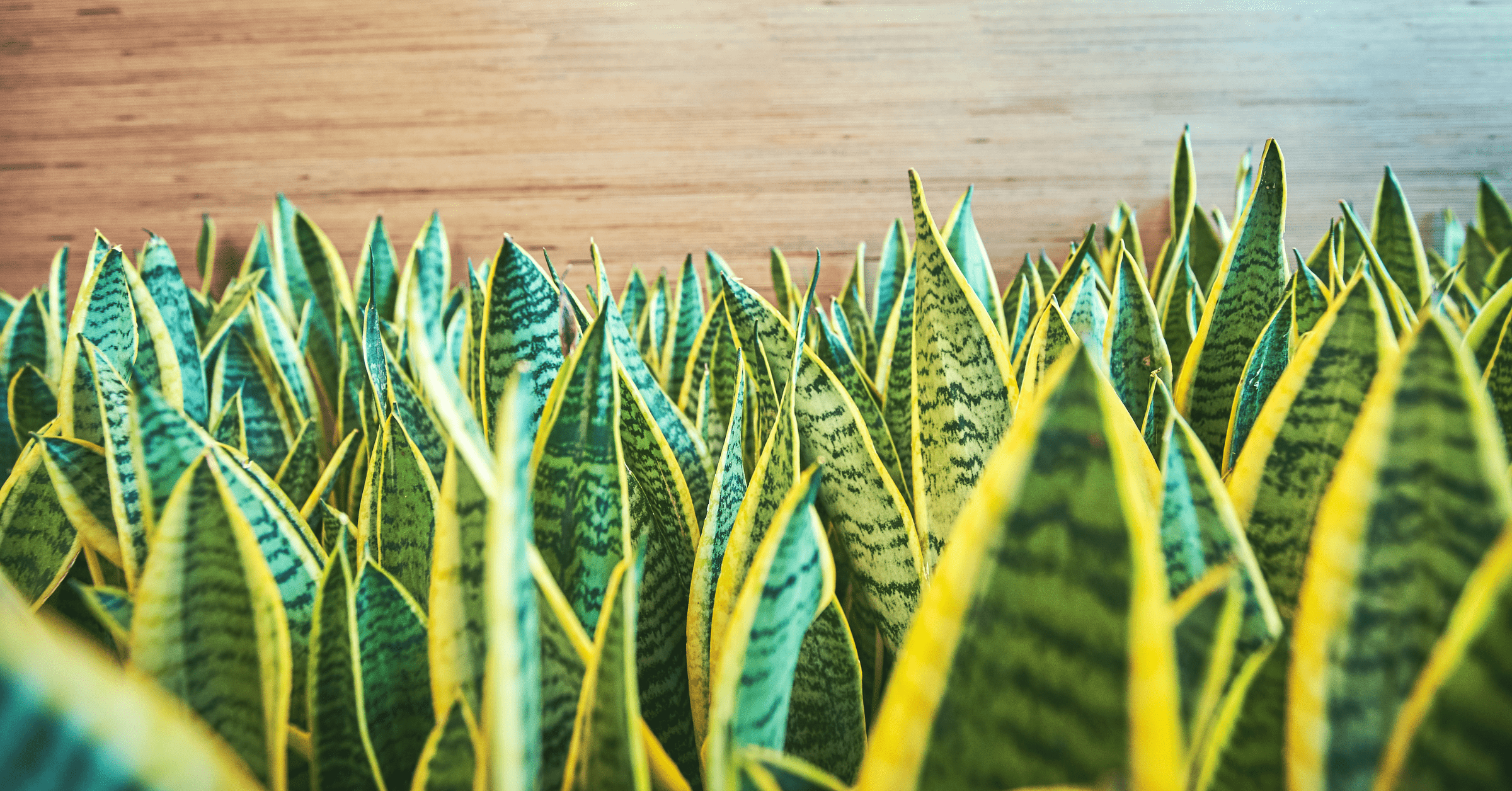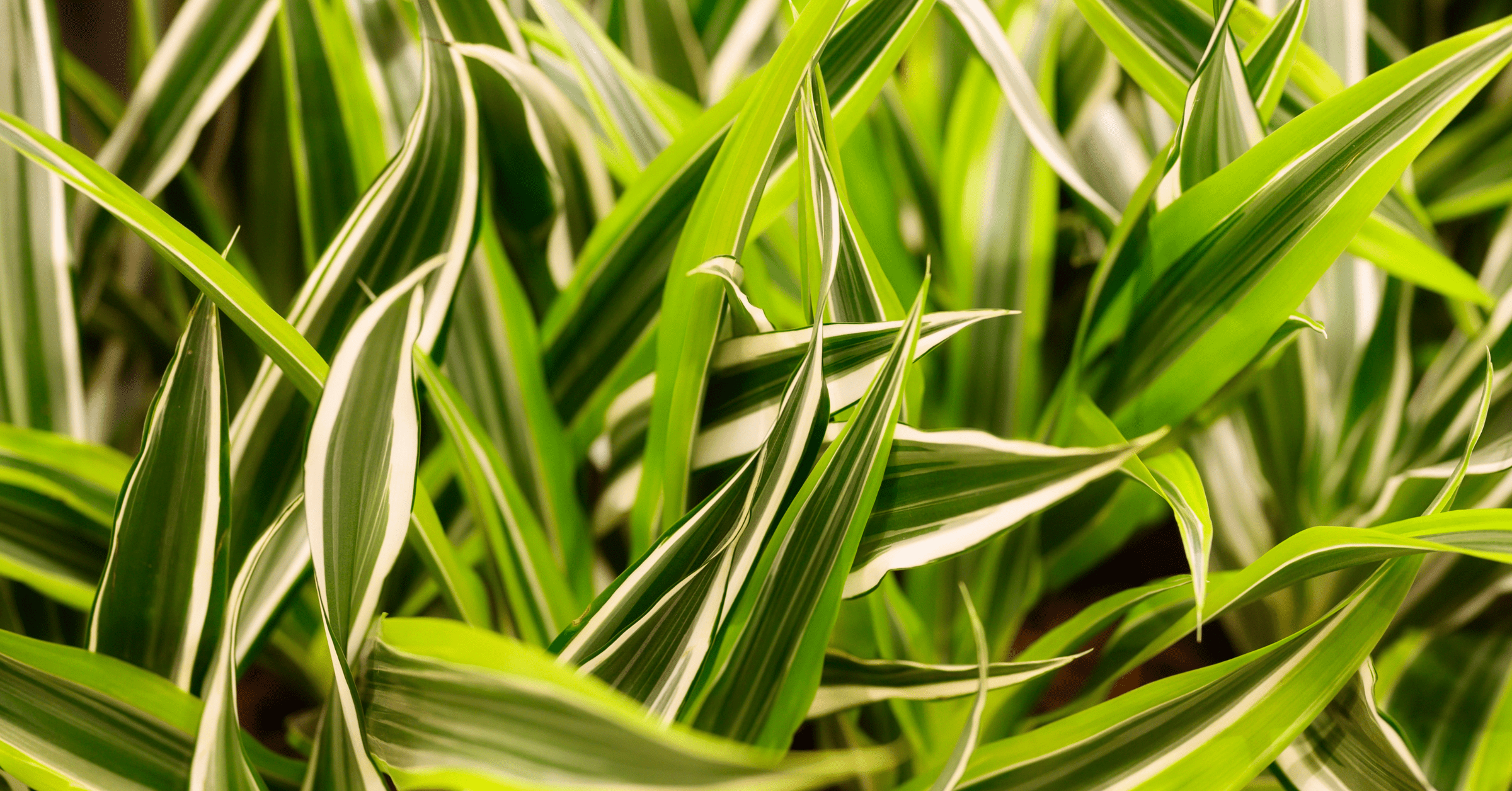In 1989, NASA conducted a groundbreaking study that would shed light on the potential of indoor plants to improve air quality.
The primary goal of their research was to develop strategies for maintaining air quality in space, however, the results have had far-reaching implications for office environments and other settings where clean air is essential.
The research revealed that certain indoor plants have the ability to effectively remove harmful Volatile Organic Compounds (VOCs) from the air. The plants accomplished this through a process known as phytoremediation, in which they absorb and metabolize pollutants, converting them into harmless byproducts.
To determine this, NASA used houseplants as they wanted to test plants that were commonly used in everyday environments. The scientists placed these plants in sealed chambers and pumped in harmful Volatile Organic Compounds (VOCs) like ammonia, formaldehyde, xylene and toluene, trichloroethylene, and benzene. After 24 hours they tested the air quality in each chamber and concluded that some plants were able to remove up to 90% of the harmful chemicals.
If man is to move into closed environments, on Earth or in space, he must take along nature’s life support system. Plants. Dr Wolverton, principal investigator of NASA’s Clean Air Study
Although every plant used in the study was able to remove at least two of the five VOC groups tested, the following plants were proven to be effective in removing four or more:

English ivy is a highly versatile plant native to Europe, western Asia and northern Africa. It can be confined to a small pot indoors or grown on a much larger scale to coat the exterior of a building with trellis panels. English Ivy was able to remove all VOC groups tested apart from ammonia making it one of the top performing plants in the study.

Originating from the tropical rainforests of Colombia and Venezuela, Peace Lily’s are known for their ability to fight harmful gasses like carbon monoxide and formaldehyde. They are helped by their large leaf surface to break down and neutralize complex chemicals cleansing the air. When healthy, elegant white flowers should bloom above a bed of lush green foliage.

Parlour palms have been cultivated in the UK since the Victorian era when they were seen as a symbol of wealth and extravagance. The Parlour palm was one of just four plants from the study that was successful in removing all five VOC groups.

The Lady palm was also able to remove all five VOC groups. Under the correct conditions; it is a durable plant with a long lifespan and does a great job of delivering a tropical look in a small space.

Strong and robust, the snake plant makes for an ideal office plant. They release oxygen and add moisture to the air, which can alleviate the symptoms of occupational allergens found in an office environment. Of all the plants NASA used in the study, the snake plant had one of the best surface area to chemical removal ratios.

Hailing from Madagascar, the Red-edged dracaena’s popularity in households soared as a result of its performance in NASA’s Clean Air study. Often referred to as a Dragon tree, its variegated leaves can add colour to any space.

Named for its resemblance to a corn stalk, this tall and narrow plant makes a great statement piece as a floor plant or when used to complement entrances and doorways. In addition to its air purifying qualities, it can also tolerate areas of low light and is often found in room corners or hallways.

Janet Craig has the potential to grow to over 15ft tall but is normally smaller in size when grown and pruned indoors. It was able to remove benzene, formaldehyde, trichloroethylene, xylene and toluene.

Warneckii plants are distinctive for their angled, sword-like leaves and can be used in any setting for dramatic effect. Warneckii was able to defend against four of the five VOC groups, scoring particularly highly on its ability to remove benzene.
The average adult, when resting, inhales and exhales about 13kg of air per day. This compares with around 2kg of food and 3kg of fluids we consume yet health advice on breathing is dwarfed by the volume of guidance on what we should eat and drink. BESA (Building Engineering Services Association)
This study, which received significant attention and has since been referenced in various fields, brought to the forefront the idea that plants can play a crucial role in creating healthier indoor environments. By investigating the efficacy of plants that excel at purifying the air, NASA’s Clean Air Study laid the foundation for further research and sparked a growing interest in the concept of biophilic design.
Although Biophilic design principles extend beyond simply incorporating plants and encompass a wider range of elements that evoke a sense of nature; they are perhaps the easiest, and often most cost-effective, wellbeing initiative to implement in a corporate setting.
At Benholm, we regularly use the plant species listed here to create stunning displays for our corporate clients across the UK. Contact our design team to discuss the plant and floral possibilities for your unique workplace and get a free tailored quote today.
Download our free Corporate Plant Display brochure
